A Wildlife Hike at Carpinteria Seal Rookery
Join us for wildlife stories, field notes, and plenty of coastal surprises - from sea lions at the marina to hidden tide pools and a shop full of nature-inspired art.
Carpinteria, California // August 6th, 2025
☀
☀
Equipment
Locations
📍 Carpinteria Bluffs Nature Preserve Trailhead — Carpinteria Ave & Bailard Ave, Carpinteria, CA 93013 (see location on map below)
Closest and most direct access to the bluffs. Free parking, no restrooms at the trailhead. Network of coastal trails, wildflowers, and ocean views. Trails are mostly flat and easy to follow.
📍 Carpinteria Seal Rookery Overlook — 5901 Carpinteria Ave, Carpinteria, CA 93013
Blufftop viewpoint for watching harbor seals year-round. Best viewing is from the trail - bring binoculars or a telephoto lens for a closer look. Note: This address is for seal viewing only; there is no parking at this spot. All viewing points require a short walk.
📍 Tar Pits Park — 5669 Carpinteria Ave, Carpinteria, CA 93013
Small coastal park with ocean views, picnic tables, and access to the bluffs. Named for the natural tar seeps along the shoreline. A nice spot to take a break.
📍 Viola Fields — 6145 Carpinteria Ave, Carpinteria, CA 93013
Free public parking lot with a permanent restroom. Adds a few extra minutes to your walk but is a solid backup if street parking is full.
📍 Carpinteria State Beach — 205 Palm Ave, Carpinteria, CA 93013
Paid parking ($10/day), with restrooms and outdoor showers. Longer walk to the rookery but easy access to the beach and picnic areas.
Why Visit Carpinteria Seal Rookery?
Carpinteria Seal Rookery is one of those places that manages to feel wild and a little bit hidden, even though it’s sandwiched between the Pacific and some very human infrastructure. If you’re hoping to observe harbor seals in their natural habitat, explore coastal trails, and maybe spot a few surprises along the way, it’s worth a visit, just don’t expect a postcard-perfect scene every time.
IMPORTANT: The Carpinteria Harbor Seal Rookery Area Beach is closed from December 1st through May 31st each year by City Ordinance #470 to protect the colony during pupping season (closure extends about 750 feet east and west of the rookery and 1,000 feet out to sea).
The bluff trail and viewing areas remain open year-round - you can still watch the seals from the overlooks, just please respect all beach closures and barriers during this sensitive time. Even when observing from the bluffs, it’s important to be quiet, keep your distance, and use binoculars or a zoom lens if you want a closer look. If the seals notice you - if they lift their heads, look your way, or seem agitated - you’re probably too close or making too much noise. The best wildlife encounters are the ones where the animals barely know you’re there.
Trail Access & Parking
If you’re using Google Maps, don’t follow it all the way to the end of Dump Road, it’s private and not for visitors. The best spot to park is at the intersection of Carpinteria Avenue & Bailard Avenue, right at the trailhead. If you need a restroom, you can also park at Viola Fields, which is just a bit further down from the trailhead. (It’s not much farther, but worth knowing if you’re planning ahead.)
Alternative Access: You can also reach the Carpinteria Bluffs and rookery by parking at Carpinteria State Beach. The official day-use entrance is at Carpinteria State Beach, where you’ll pay $10 for a day pass (as of 2025). From there, you can walk along the bluffs to connect with the rookery trail. This is a bit longer, a roughly 1.2–1.5 mile walk each way depending on your starting point in the park, but a great option if you want to combine your visit with some beach time. Restrooms and outdoor showers are available at the day-use lot, so if you want guaranteed access to bathrooms, this is the best option.
If you’re a frequent explorer or a California local, it’s worth looking into the annual California Explorer State Parks Pass. I just picked one up myself, and it covers free day-use parking at most state parks and beaches, including Carpinteria. It’s a solid investment if you love coastal hikes or spontaneous road trips and don’t want to worry about day fees every time.
Route comparison:
Carpinteria Ave & Bailard Ave: Closest and most direct access to the rookery overlook (less than a mile, about 15–20 mins walk; no restrooms).
Viola Fields: Free parking, slightly longer walk, and there’s a permanent restroom at the trailhead.
Carpinteria State Beach Day-Use Lot: Paid, longer walk (1.2–1.5 miles), but has full restroom and shower facilities.
The trail itself is easy to follow, winding along the bluffs with views of the ocean, wildflowers, and, if you’re lucky, the local seal colony. Just a heads up - parts of the trail cross over active train tracks, and there isn’t a ton of clear signage around those crossings. You’ll usually hear the train whistle before it comes through, but it’s smart to stay alert and look both ways before crossing.
Field Notes: Seal Count vs. Real Life
This was my first time back on the Carpinteria Bluffs trail since July 2023, when we visited and didn’t see a single seal. I’d been hoping for a different outcome this time, especially after reading about the rookery’s importance and checking the posted count (118 seals at dawn!). But as we walked, it quickly became clear that the beach was busier than it should have been: people, dogs, and not a single seal hauled out on the sand.
Honestly, it was a little disheartening. I know the seals use this stretch as a haul-out site, but with so much activity, they just weren’t around. We finally spotted two harbor seals swimming further down the trail on our way out, but that was it for the day.
Harbor Seals, the Rookery, and Seal Protection
Harbor seals are one of California’s most iconic coastal mammals, but they’re surprisingly sensitive to human activity. The Carpinteria Seal Rookery is one of just a handful of haul-out sites left along this stretch of the Southern California coast - a rare place where seals can rest, give birth, and raise their pups away from constant disturbance.
These seals spend much of their lives at sea, but they return to the same beaches year after year to haul out, warm up, and care for their young. The rookery is active year-round, but it’s especially critical during pupping season, when mothers and pups need undisturbed space to bond and nurse. Even a single person or off-leash dog on the beach can cause an entire group of seals to flee into the water, sometimes abandoning pups or missing out on crucial rest.
Local Protection & Community Involvement:
Carpinteria is lucky to have not just one, but two dedicated groups working to protect the rookery and its seals:
Carpinteria Seal Watch
This volunteer group is the friendly presence you’ll often meet on the bluffs, especially during pupping season. Seal Watch volunteers monitor the rookery, answer questions, and help visitors understand how to observe the seals respectfully. If you’re curious about what’s happening on a particular day or want tips on ethical wildlife watching, they’re a fantastic resource.Save Carpinteria Seals
This nonprofit focuses on advocacy, education, and long-term protection of the rookery. They’re behind much of the signage and outreach you’ll see, and they help drive important protections like the seasonal beach closure. Their website is a great resource for learning about the rookery’s history, current challenges, and how you can help.
Both organizations work together and play a huge role in keeping the rookery safe, healthy, and accessible for future generations. If you want to get involved, volunteer, or just learn more, I highly recommend checking out both groups.
The Oil Rigs: Industry Meets Wild Coast
One thing you can’t miss from the bluffs is the view of the offshore oil rigs. They’re always out there, big and industrial, just offshore from this little pocket of wildlife habitat. I’m not an expert on oil production, but it’s a strange contrast - protected seals on one side, and the hum of industry on the other. The main access road is even called Dump Road, which feels a little on-the-nose. It’s just part of the reality here: wild and industrial California, side by side.
Flora, Lizards, and the Unexpected
Even with the seals mostly absent, there’s plenty to see if you slow down. This trip, the western fence lizards were everywhere - dozens darting across the trail, sunning themselves on logs, or blending into the sand. Keep an eye on the trail - they are extremely fast and easy to miss. I probably spent more time photographing lizards than anything else.
The plant life is just as interesting. Lemonade berry (Rhus integrifolia) shrubs line the trail, with their thick leaves and clusters of tart, red berries. The name comes from the citrusy coating on the fruit, which people historically used to make a sort of natural lemonade (not something I’ve tried, but it’s a fun fact). You’ll also see eucalyptus, Monterey cypress, thistle, and plenty of coastal sage scrub.
There are always a few surprises out here. I found a hidden seat tucked behind the roots of a fallen tree - someone had hauled a big log right to the bluff’s edge. Not a bad spot to take a break.
Every so often, the quiet is interrupted by the Amtrak Surfliner rolling past, blue and silver against the brush. It’s a quick sighting, but every time I see it, I remind myself I need to make that trip up the coast by train one day.
Birding is solid out here too. I managed to get a shot of a turkey vulture in a eucalyptus tree, though there were several in the trees overhead. I wanted to stay to capture their feeding session, but I forgot my sunscreen in a rush to get to the trail early enough for the seals (amateur hour). Next time, if I forget, I’ll just turn back. The embarrassing tan lines in the mirror were enough to say, ‘Lesson learned.’
Conservation & Visitor Guidelines
If you’re planning a visit, please respect the posted signs:
Stay on marked trails
Avoid the beach near the pier
Minimize noise and avoid approaching wildlife
Never feed or try to touch the seals
FAQ: Seal Watching at Carpinteria
Does human presence impact seal sightings at Carpinteria?
Yes, seals are sensitive to disturbance. More people and dogs on the beach usually means fewer seals hauled out.
When is the best time to see seals at Carpinteria Rookery?
Early mornings, especially outside of peak visitor hours, are your best bet.
How can I help protect the seals?
Follow all posted guidelines, keep your distance, and spread the word about responsible wildlife viewing.
Final thoughts:
Even on days when the seals are scarce, Carpinteria Bluffs is worth the time. There’s always something to see, and every visit is a reminder of how much these wild places depend on us to respect and protect them.
If you enjoyed this, you might also like my post on wildlife in the Oxnard and Channel Islands Harbor, or check out my travel planning atelier if you’re inspired to plan your own trip. There’s always more to explore on the Salt + Noelle blog.
See you out there!
Gallery


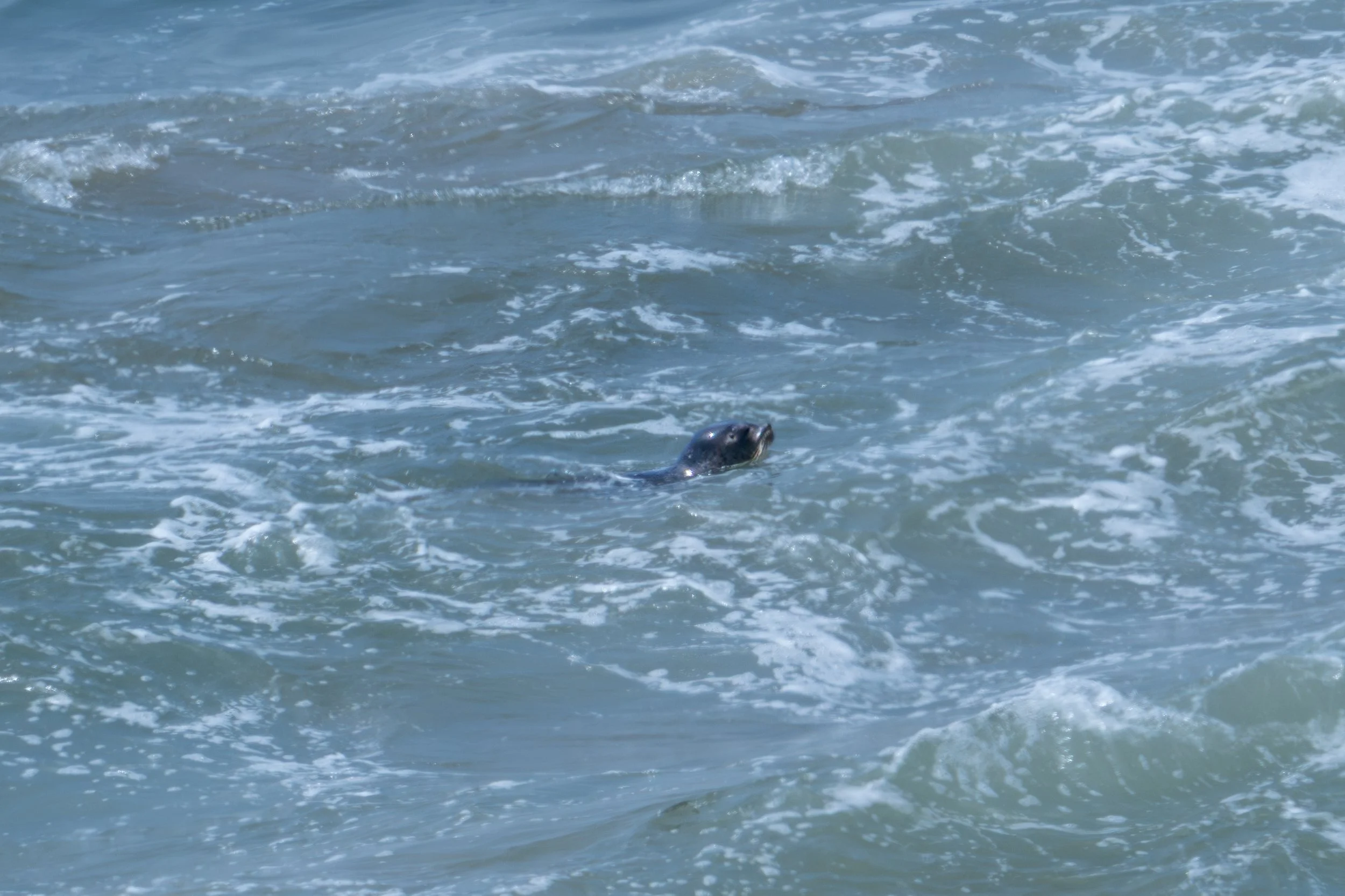
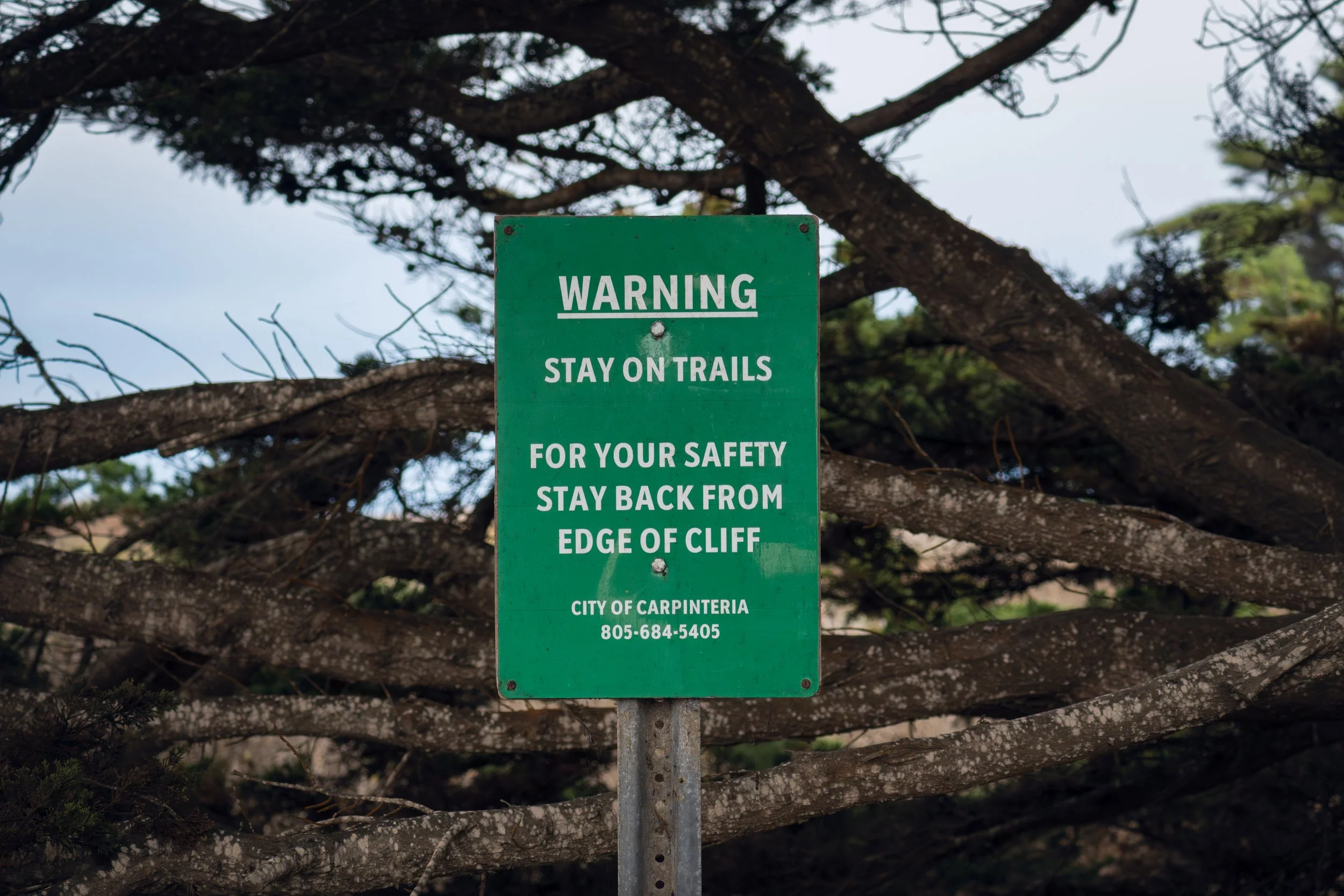
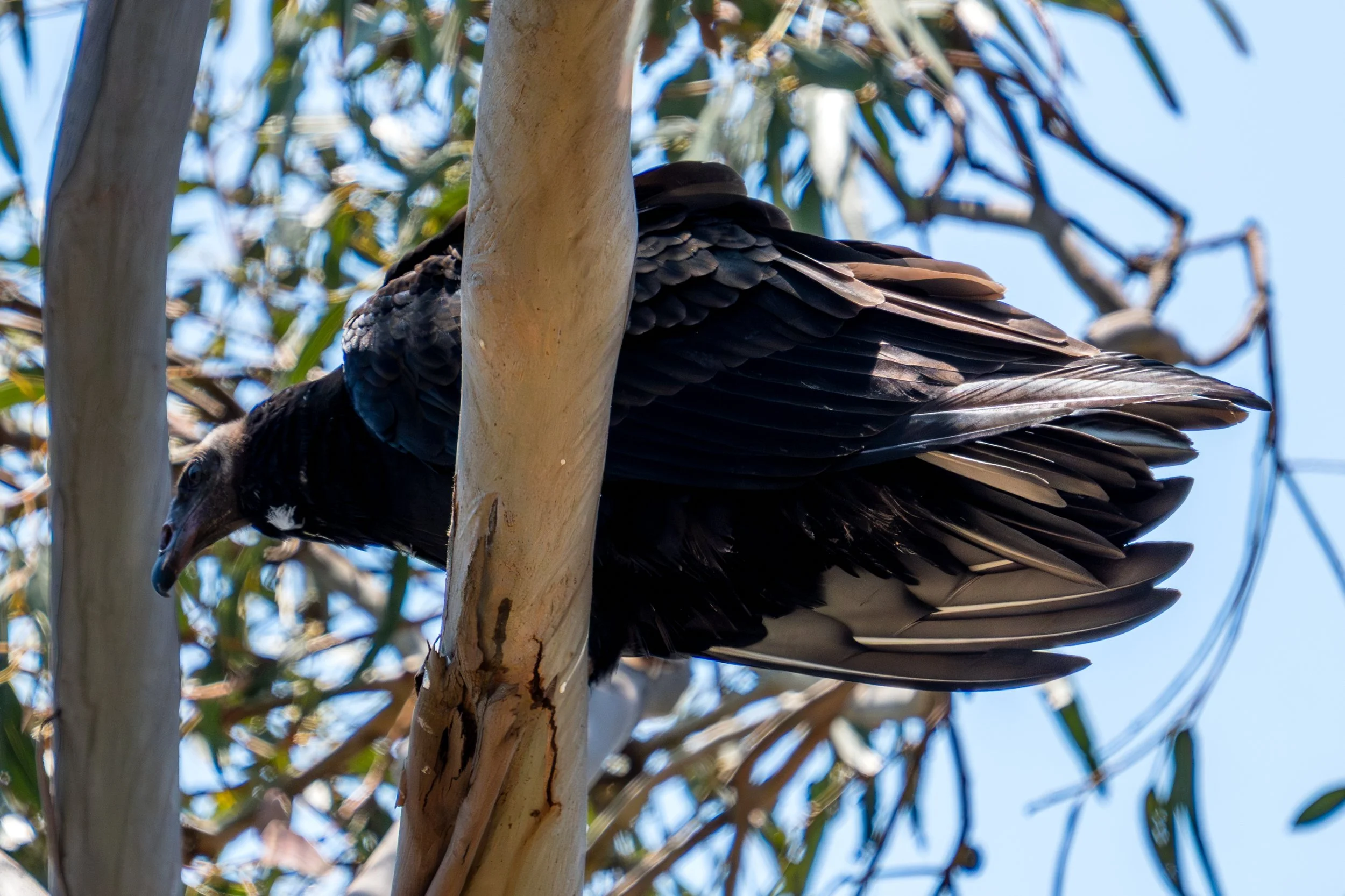



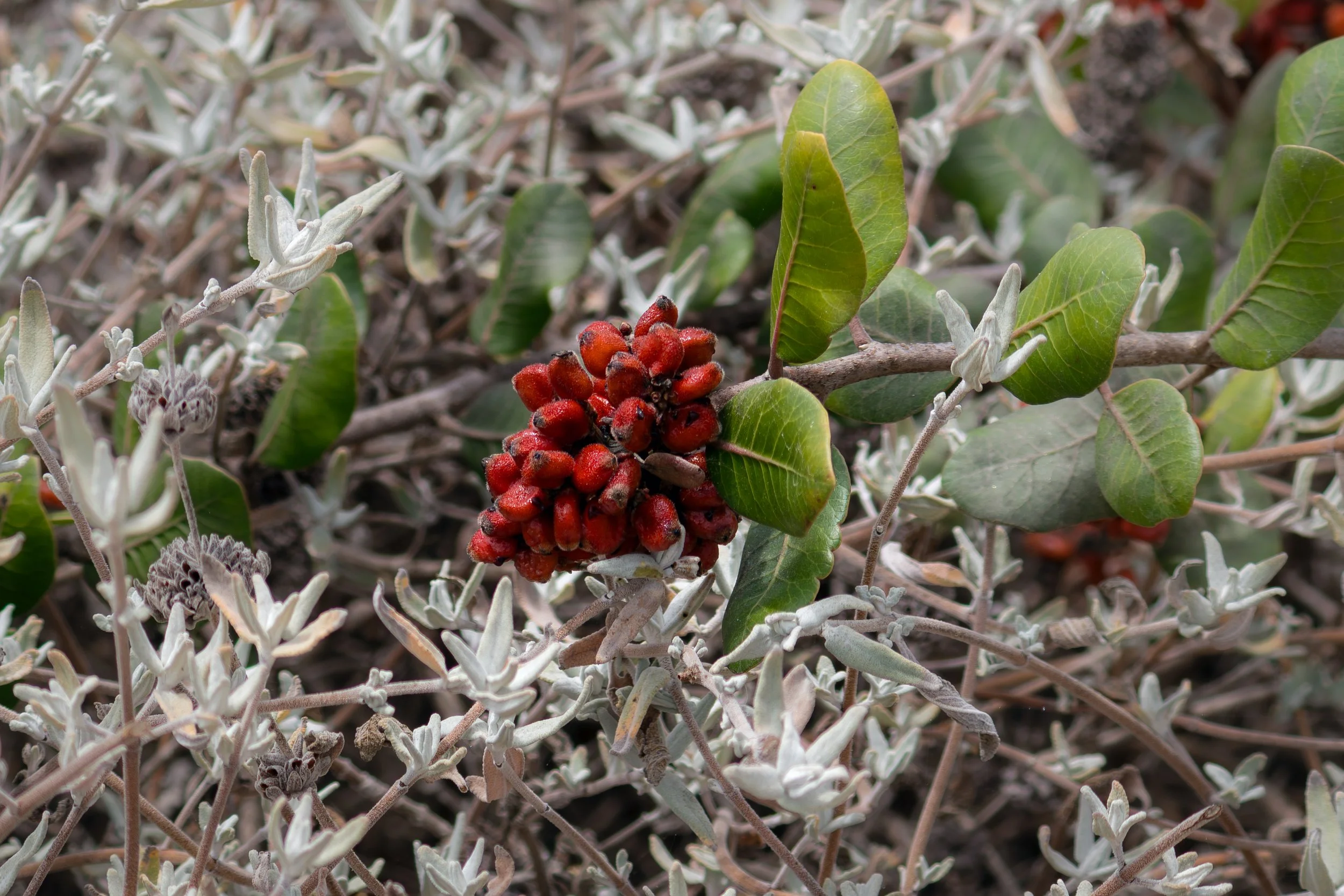
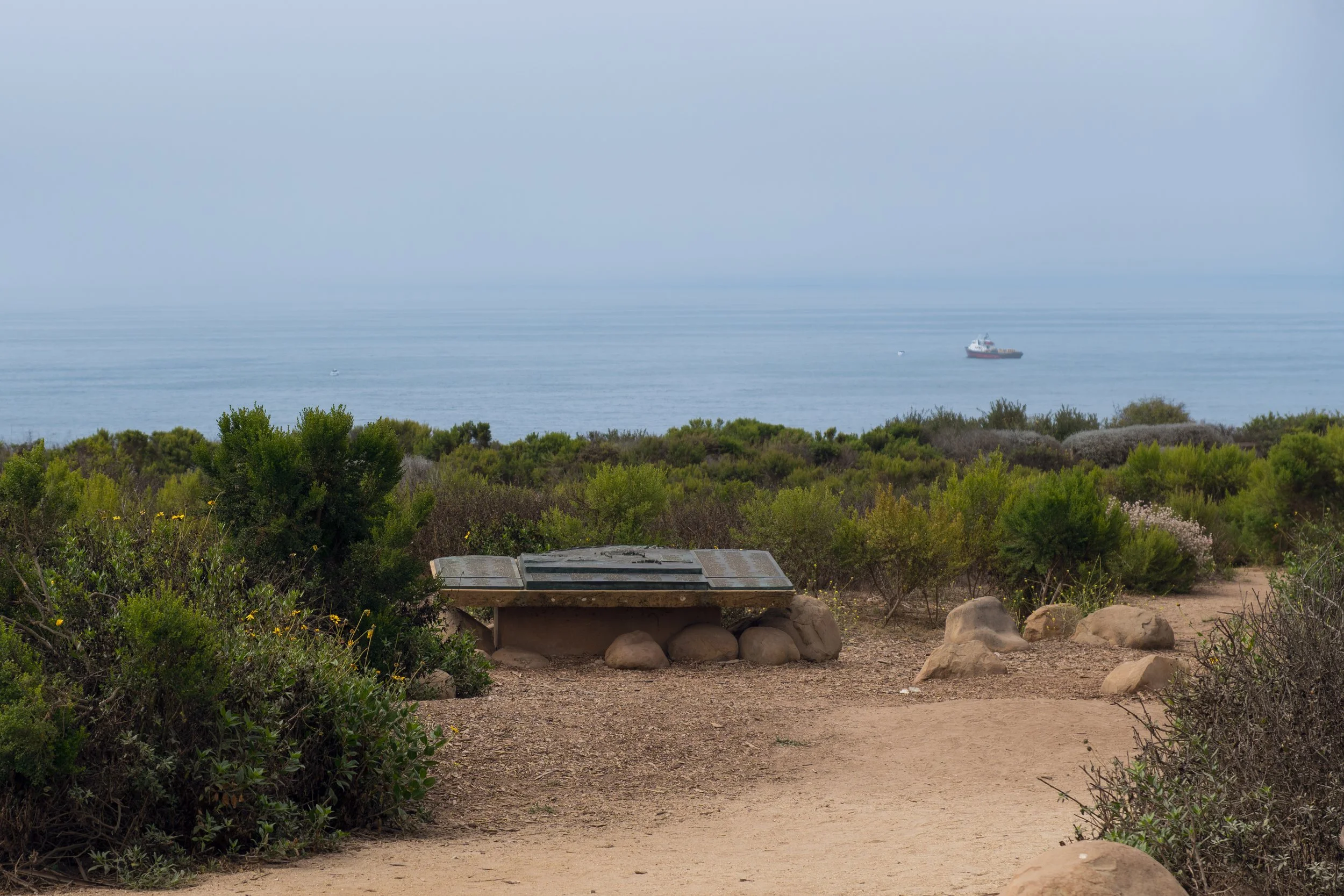

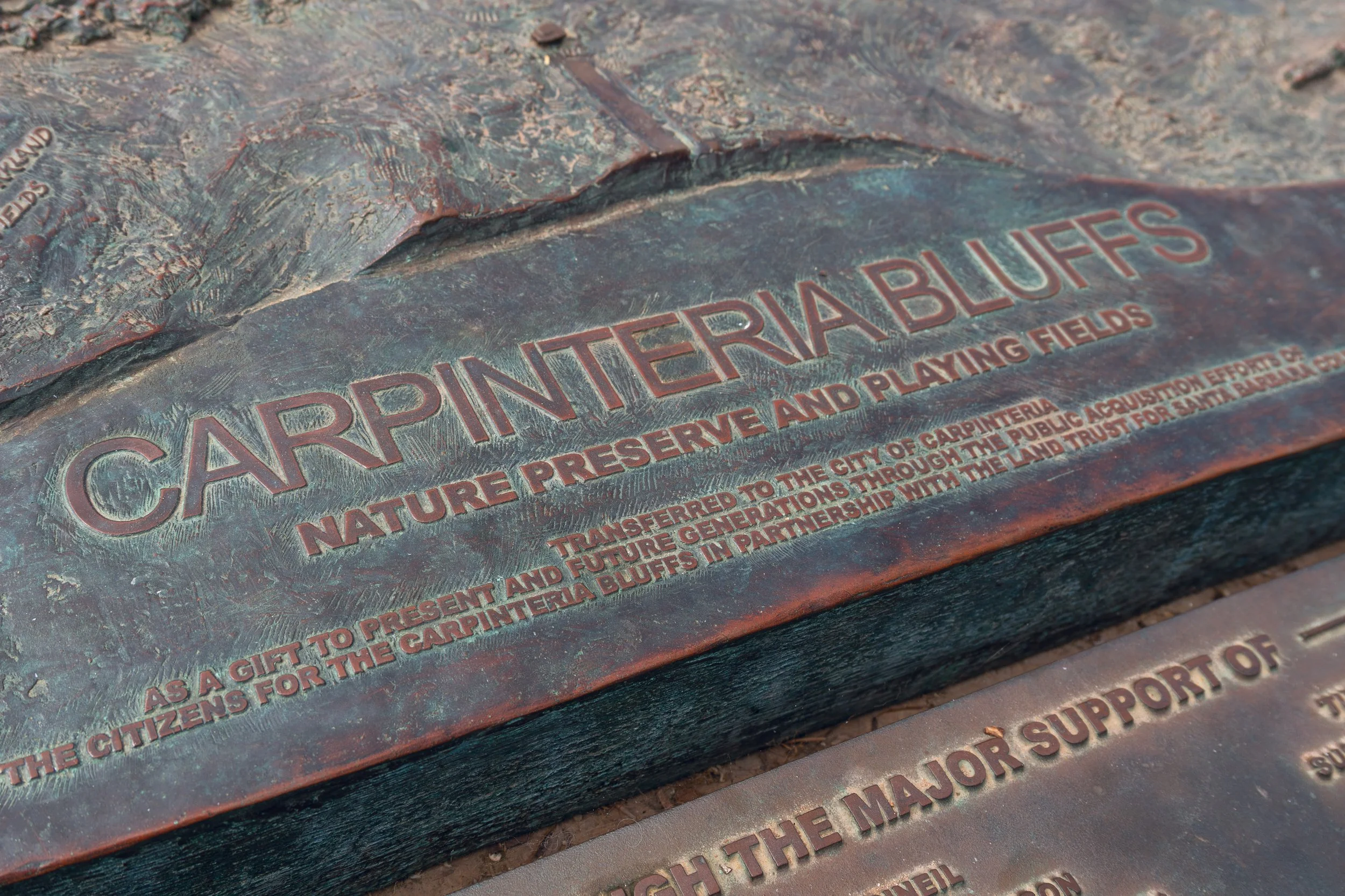
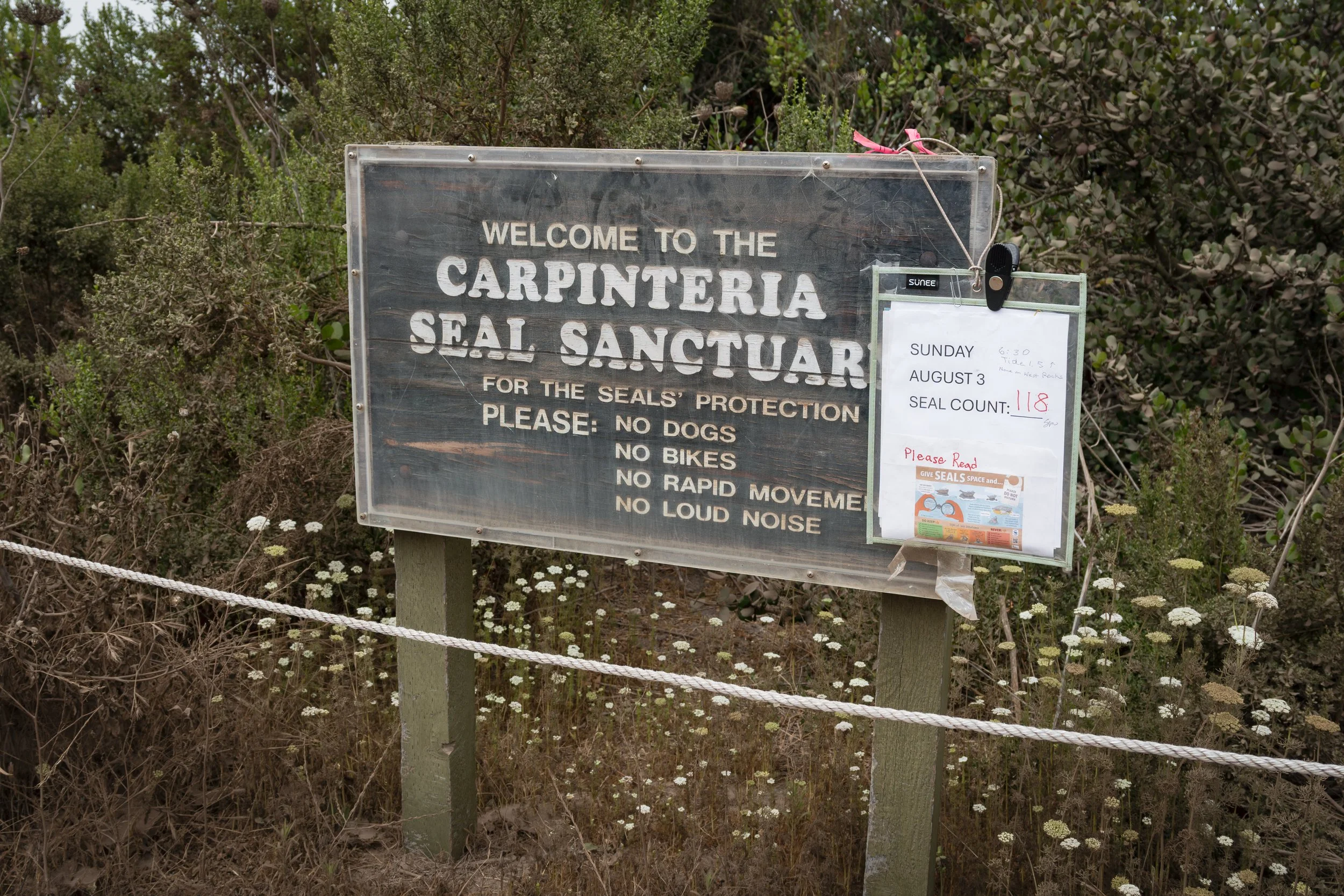
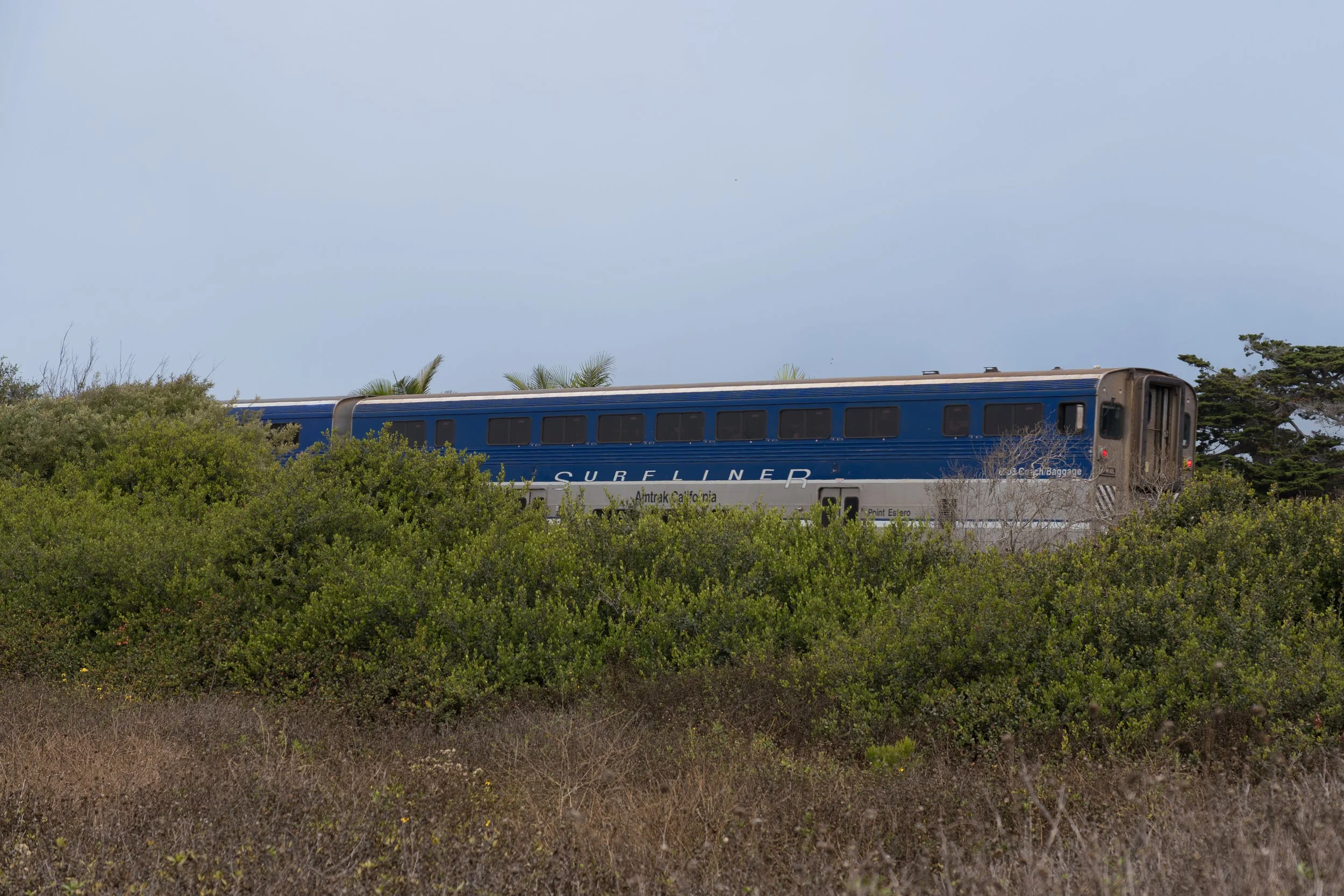
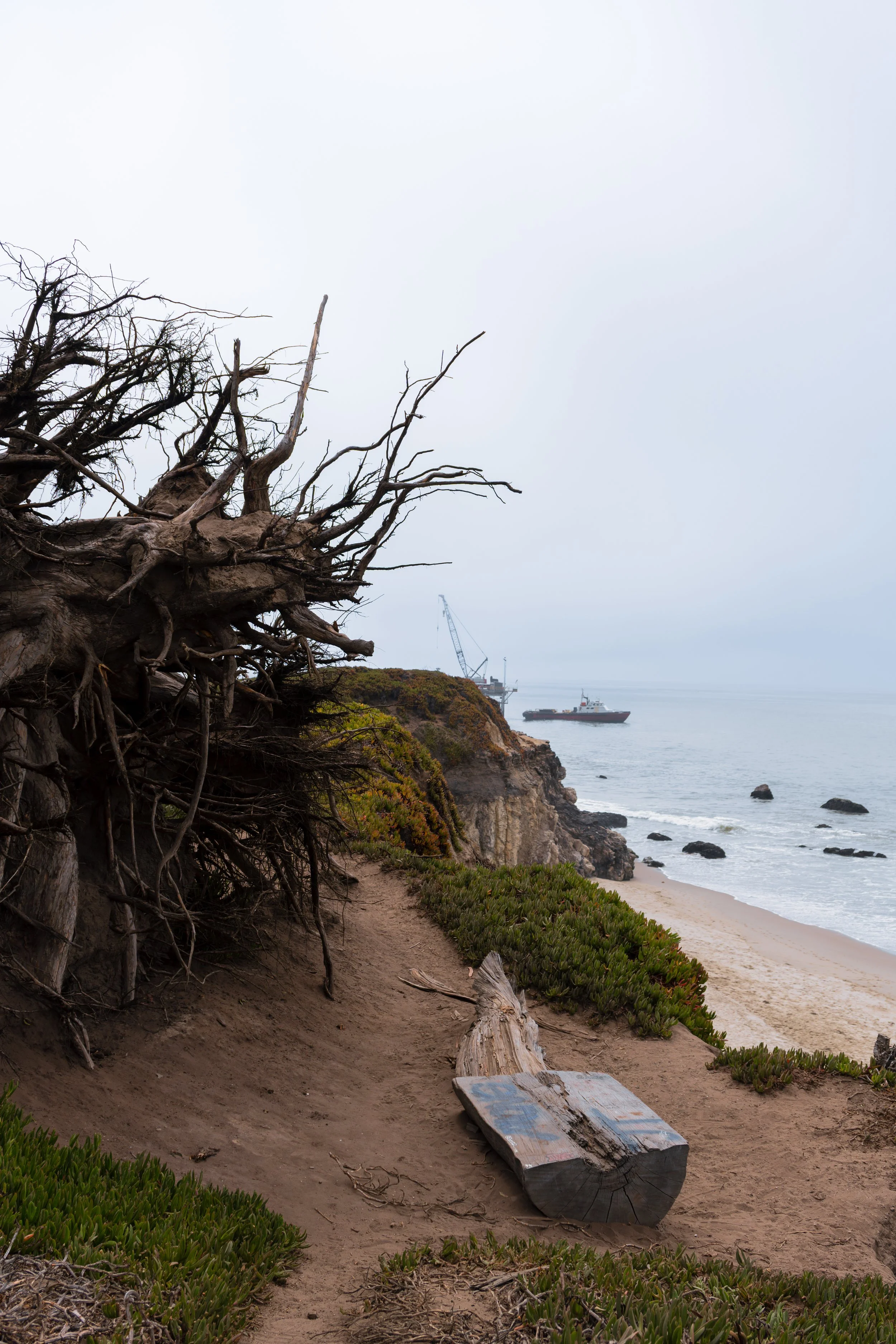
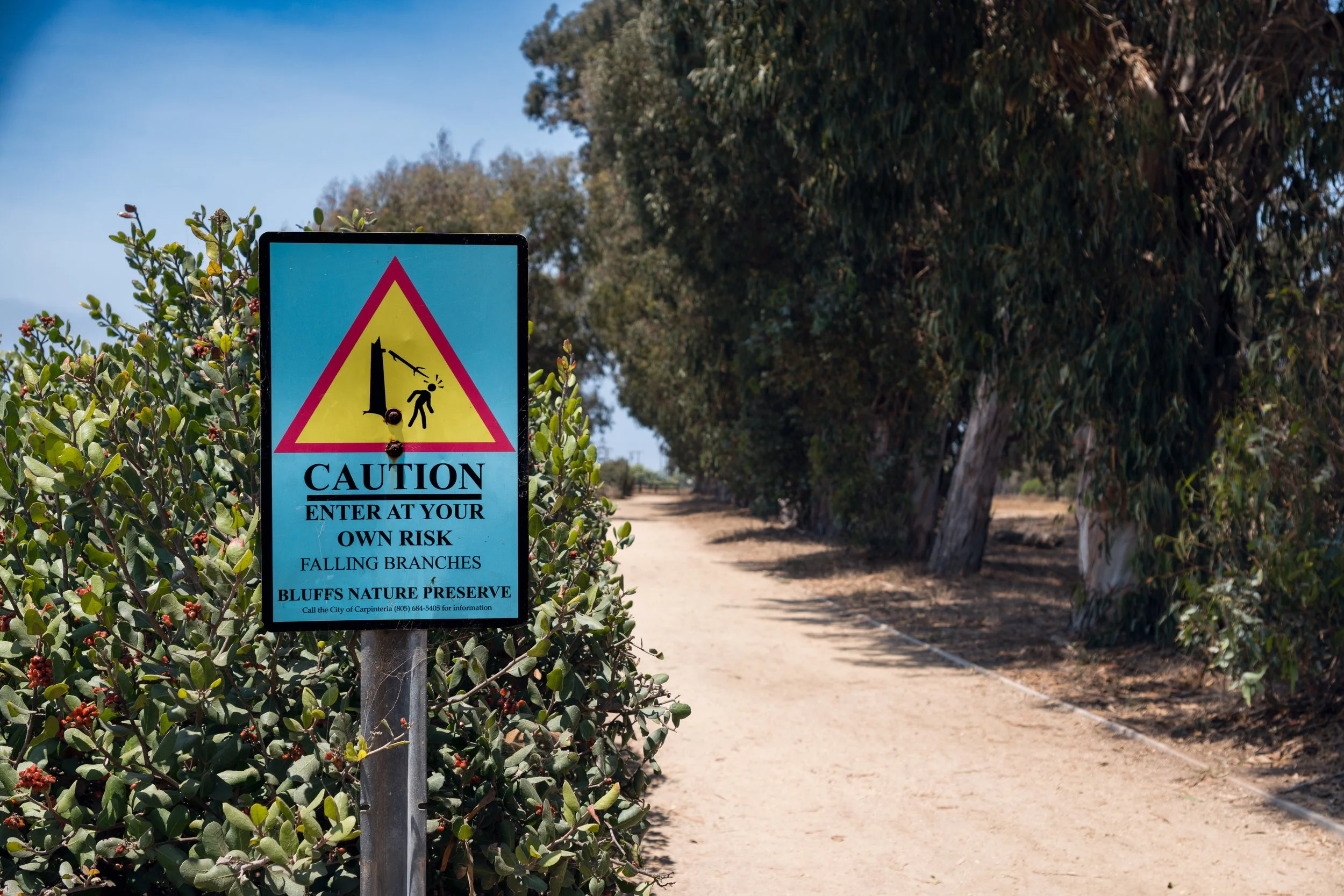




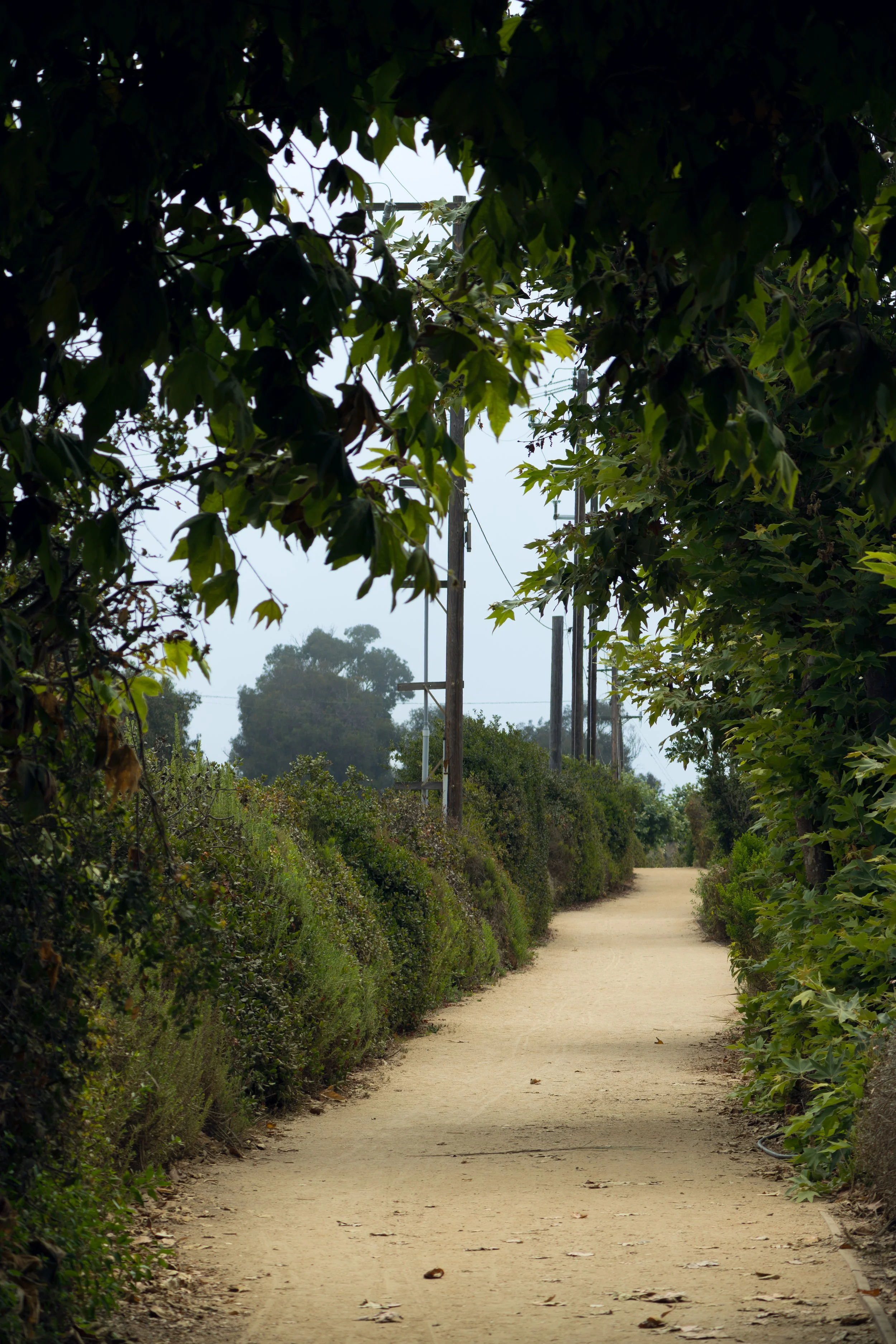

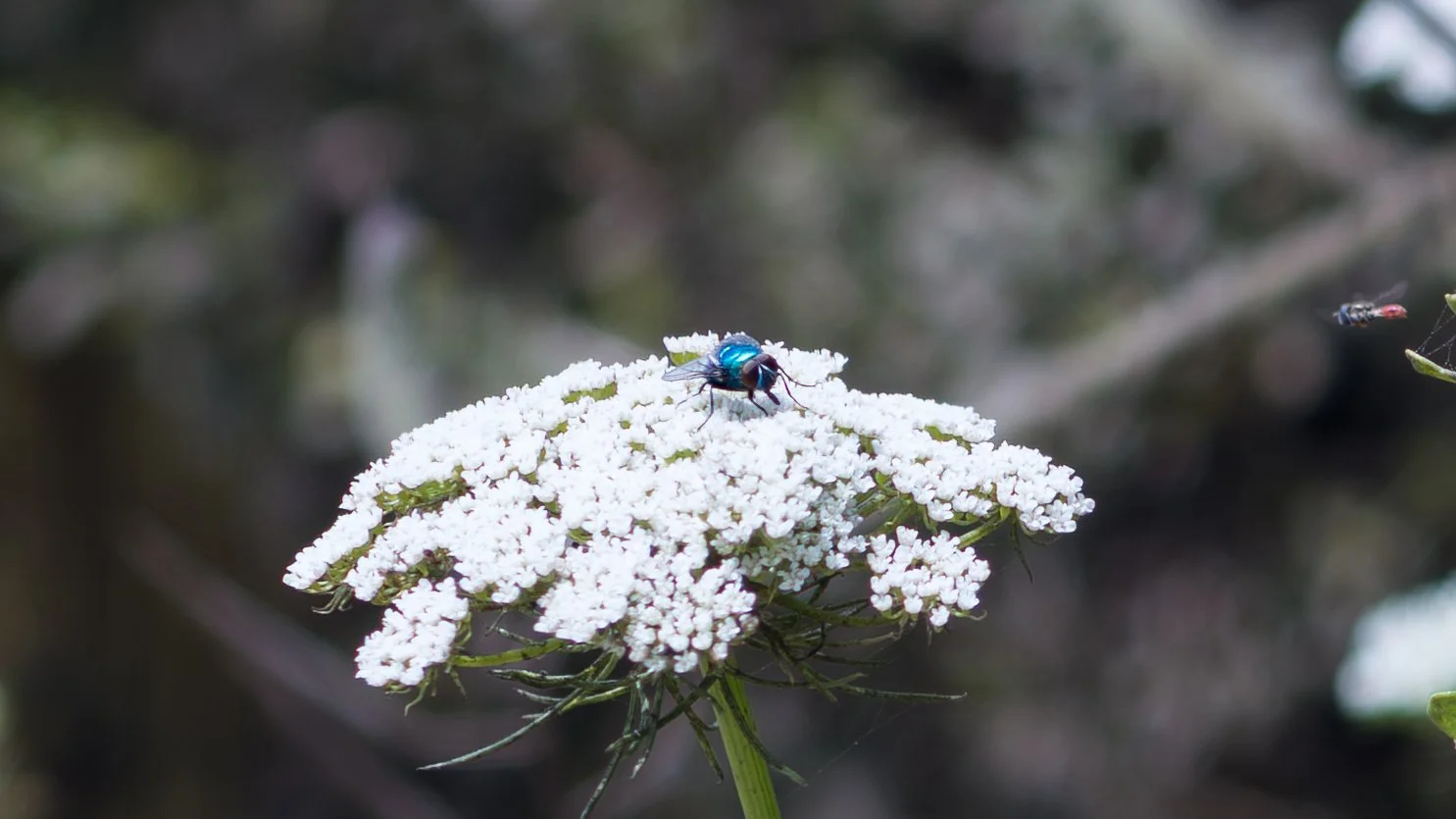




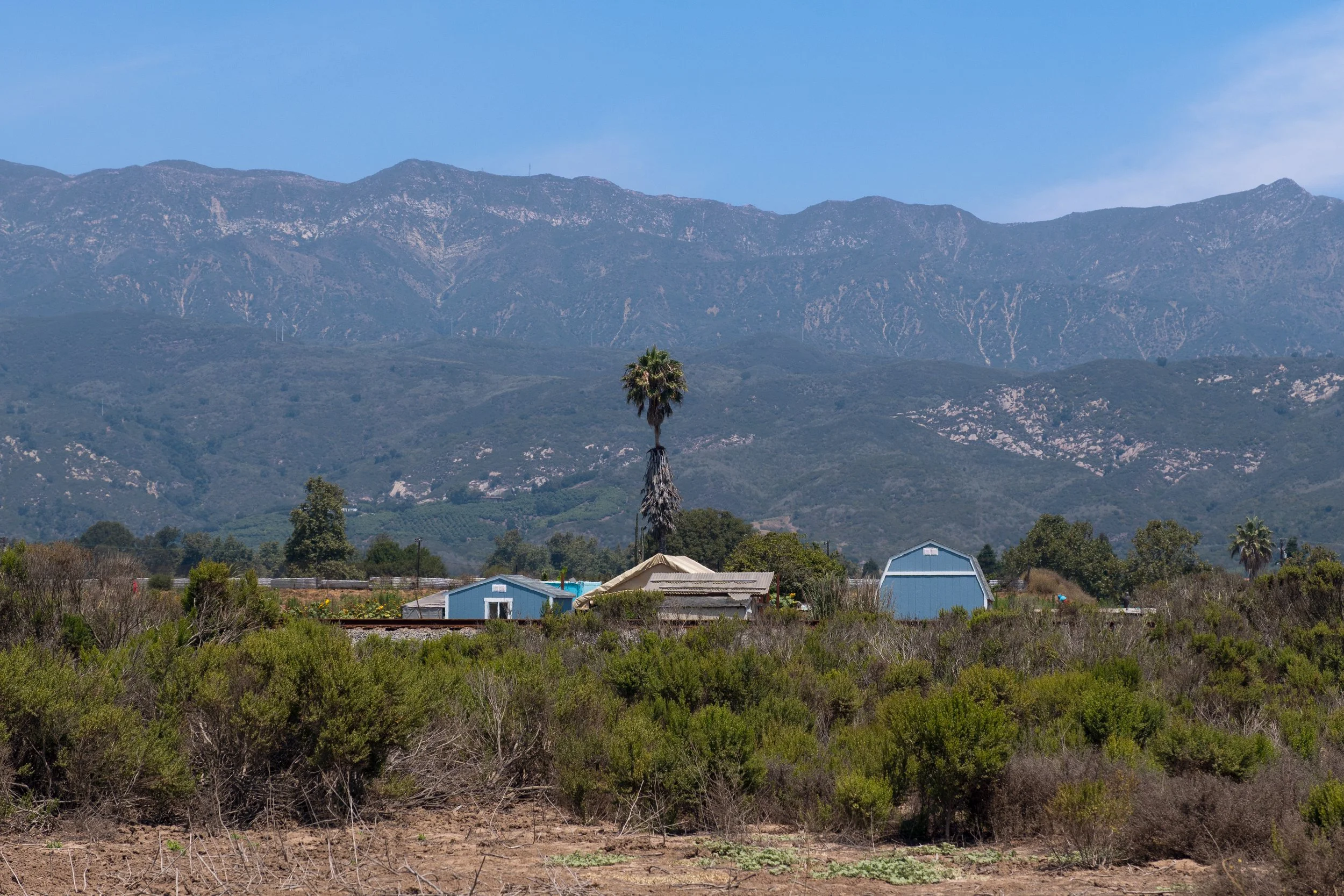



Some links on this site are affiliate links, meaning we may earn a small commission at no extra cost to you, but we are not paid by companies for promotion - this simply helps support our work.


